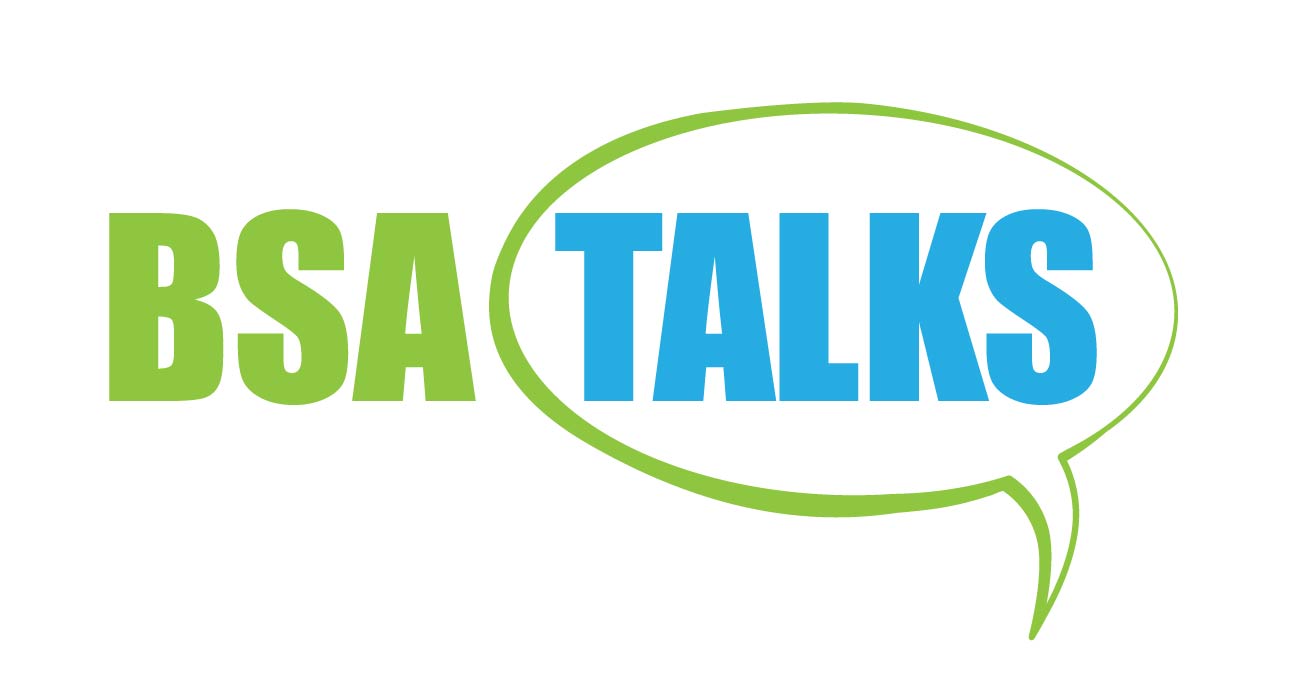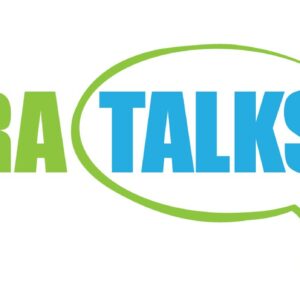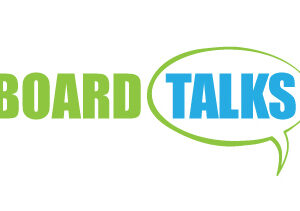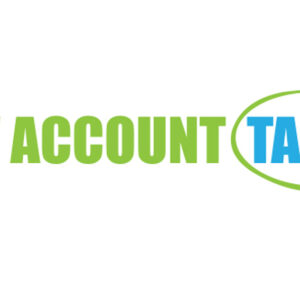BSA Talks
Original price was: $999.00.$500.00Current price is: $500.00.
Produced and Written by: Gettechnical Inc.
BSA Talks is a series of conversations about Bank Secrecy Act (BSA) topics for the deposit area. This series purpose is to create unique short educational programs for both professional development and increasing technical expertise of our frontline staff. It is a more casual approach to learning fundamentals about BSA compliance and other important topics. Designed for weekly or monthly meetings, orientation or ongoing development of your branch and lending staff, these Talks are a new approach which will complement and enhance your already developed new and on-going staff training programs.
Included:
- 20 programs under 15 minutes
- Each with a quiz
- Certificate of Completion
- Sign In Sheet
Target Audience:
Training, Branch Staff, IRA Coordinators, New Accounts, Personal Bankers, Financial Service Representatives, Loan Assistants, Tellers, Branch Managers, Call Centers, Lending and Compliance
Topics:
- History and Overview
During this video we will look at some of the key points in the history of this program. There is also a general overview of the components of a BSA and OFAC program. - What is Money Laundering and Terrorist Financing?
Understanding how customers hide criminal proceeds and move terrorist financing is important to our development as banking professionals. When you see something, how to handle it internally and also some key things to look for in money laundering. - BSA Risk Assessments
This video discusses the development of a risk assessment by our BSA team and how that impacts our overall BSA and OFAC programs. Learn the components that go into a risk assessment. - BSA Four Pillars
During this program learn the pillars of a BSA program. How do audit, training, BSA Officer and internal controls form the fundamental building blocks of our financial crimes prevention. - Customer Identification Program (CIP)
The CIP comes out of the 9/11 terrorist attacks. Learn in this video how we get information, documents and nondocumentary verification to form a reasonable belief we know the true identity of our customer. - Customer Due Diligence (CDD)
Our CDD program has a risk piece and a beneficial ownership identification piece. Learn how these two work together so that we know our customer and understand how the account will be used. - Structuring Transactions
When our customer structures transactions, he or she may be evading the BSA reporting rules. During this video review what is considered structuring and when to refer it to your BSA Officer. - Currency Transaction Report (CTR)
A page-by-page look at the CTR and how it is used to record and track cash activity. Learn about cash transactions, identification and when and how to complete a CTR. - Suspicious Activity Reports (SAR)
A SAR is the backbone of the BSA program. Learn what crimes are reported on the SAR. How to make referrals to your BSA officer for suspicious transactions and when. - Elder Fraud and Suspicious Transactions
What is elder fraud? When do take action? During this video look at the red flags for elder fraud and how we can act to protect our elderly. - Suspicious Transaction Reporting – Branch Staff
As a branch staff person you will be seeing all kinds of red flags for suspicious activity. Learn about human trafficking and smuggling, identity theft, suspicious transactions and more in this video. - Suspicious Transaction Reporting – Lending
This video is designed to hit the red flags for lenders on suspicious transactions. It is a quick look at financial crimes that affect lenders. - Suspicious Transaction Reporting – Operations
During this video focus on financial crimes affecting the ACH, Wires, and other operations areas. New crimes use electronic systems to perpetuate financial crimes. Learn what to look for to prevent these crimes in operations. - Suspicious Transaction Reporting – IT
Today, Cyber crimes are reported on a SAR. Learn what is a cyber crime and how to report these attempts to your BSA department. Together you can get the most complete information to law enforcement working cyber crimes. - Funds Transfer Recordkeeping
Often called the travel rule, learn how recordkeeping helps prevent anonymous individuals from movig money around our banking systems. Keep records and comply with these rules. - Purchase and Sale of Monetary Instruments Recordkeeping
Another critical rule on recordkeeping is our monetary instruments recordkeeping rules for customers and noncustomers. Learn what records we have to keep. - High-Risk Products and Services
Many products and services that we offer today add increased risk of financial crimes. Learn how to manage and identify risks on these high risk products and services. - Privately Held ATMs and Money Laundering
Privately held ATMs have been historically used to launder money from criminal operations. During this video learn the key risks and how financial institutions manage those risks. - Enhanced Due Diligence – High Risk Customers
Financial institutions manage risk by going the extra mile to understand our customer and his or her business. This extra mile is called enhanced due diligence. Learn more during this session. - OFAC
Closely tied to BSA through the examination process, OFAC is its own program and rule. Learn how we use OFAC to follow sanction programs and protect our national security.





